SJB has worked with the Traditional Elders of the Nyul Nyul Community to design a multi-purpose community packing shed in just seven days.

The Nyul Nyul Community Packing Shed, photography courtesy of SJB.
July 8th, 2022
Pre-fabricated and assembled on-site within seven working days, the Nyul Nyul Community Packing Shed is very much a collaboration. The project is located on the land of the Nyul Nyul people, custodians of Winawarl, the Country also known as Twin Lakes Cultural Park.
SJB worked with the Traditional Elders of the Nyul Nyul Community on the Dampier Peninsula north of Broome to design this multi-purpose community packing shed that will support the future growth of their native harvest business. The project client: Nyul Nyul traditional owner and Elder Bruno Dann, sought a physical structure to support the community business of wild harvesting and selling bush foods at Twin Lakes, which he established in 2009.
“Over ten years, we have worked with and learnt from Elder Bruno Dann and his partner Marion about Country, the importance of place and what type of facility the community wanted. This discussion occurred over many trips to Country, learning a little more each trip ensuring that the design response would be respectful and reflective of the community’s ambitions,” says Adam Haddow, director of SJB.

In addition to supplying superfoods like the Gubinge to the cosmetics and pharmaceutical industry, the Nyul Nyul community share a long relationship with chef Jock Zonfrillo and his restaurant Orana, champions of the use of Indigenous gathering and cooking techniques and creators of the Indigenous Food Database.
Fostering an important sustainable business across the Kimberley Region, the shed is designed to facilitate harvesting by traditional custodians. Moreover, the facility acts as a sorting shed throughout the picking season – December through to March – and is designed to withstand the wet season cyclonic conditions while allowing a cool natural environment for working and meeting.
“An understanding of the existing structures on site helped to educate us about the local environment – structures which provide cover and shade, a place that protects from water and storms, yet is also open enough to provide ventilation,” continues Haddow.

To gain a deeper understanding of what was needed, the SJB team stayed on Country with the traditional owners. This gave two layers of insight. Physically, it was imperative that the structure could withstand termites, monsoons and cyclones. Culturally, however, a far deeper need was unearthed. That is, the project should embody a protest against the disruptive impact of the mining industry. As such, the use of any metals has been kept to a minimum, including the connection details for beams, columns and sheets.
To this end, the timber structure uses native hardwood dowels in combination with termite-resistant treated Laminated Veneer Lumber and Plywood. Where possible, the CNC machined elements are preassembled for streamlined construction. Solar panels provide all energy making this an entirely off-grid project. Responding to the site’s ever-shifting environmental conditions, the shed is designed to leave no trace when disassembled.

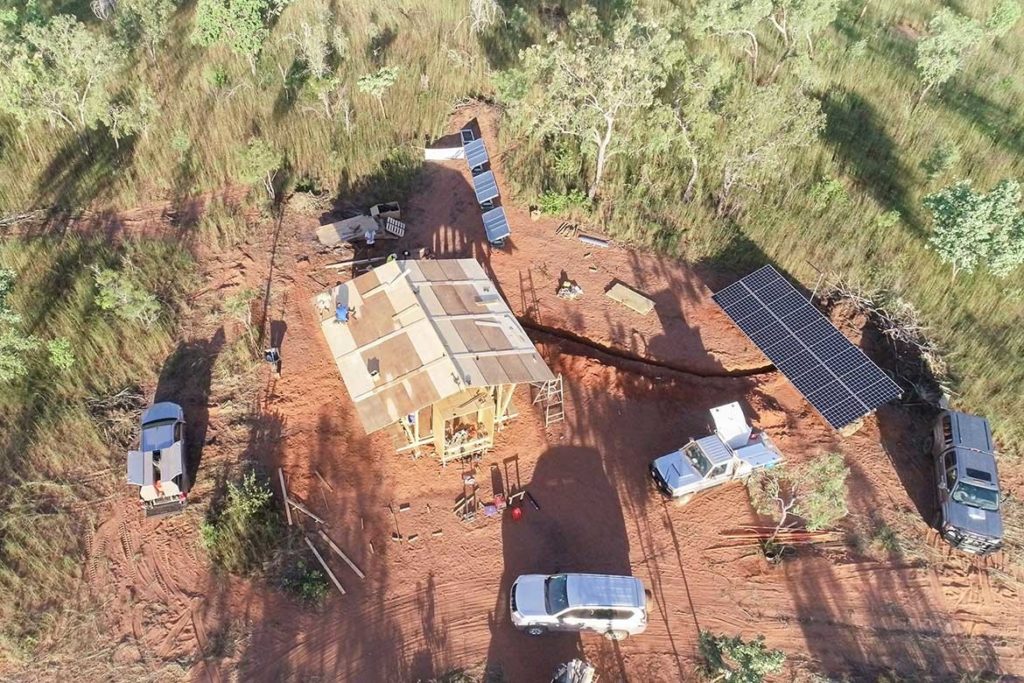
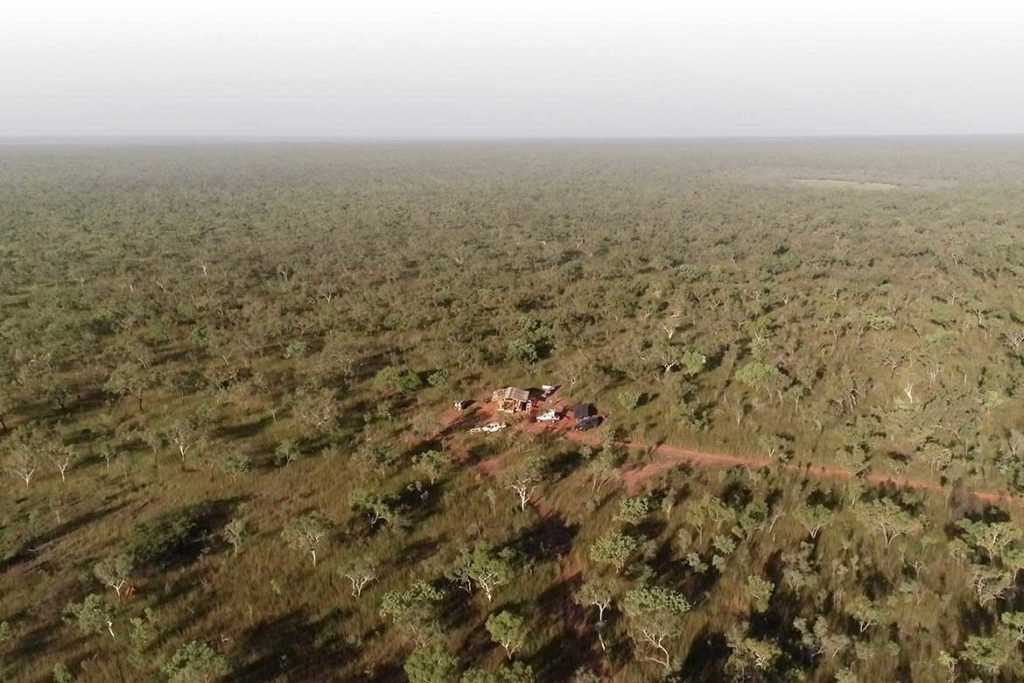
SJB
sjb.com.au
Photographer
Courtesy of SJB
We think you might like this article about fjmtstudio and Bangawarra collaborating on a Connecting with Country Framework.
INDESIGN is on instagram
Follow @indesignlive
A searchable and comprehensive guide for specifying leading products and their suppliers
Keep up to date with the latest and greatest from our industry BFF's!

A longstanding partnership turns a historic city into a hub for emerging talent

London-based design duo Raw Edges have joined forces with Established & Sons and Tongue & Groove to introduce Wall to Wall – a hand-stained, “living collection” that transforms parquet flooring into a canvas of colour, pattern, and possibility.
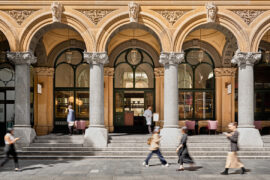
Luchetti Krelle’s timeless design at Epula marries heritage grandeur with classic sophistication, celebrating the spirit of a European piazza whilst remaining unmistakably of its place.

Gray Puksand’s adaptive reuse of former Melbourne office into Hester Hornbrook Academy’s new City Campus shows how architecture can support wellbeing, connection and community.
The internet never sleeps! Here's the stuff you might have missed
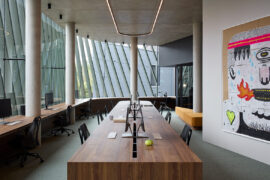
Smart Design Studio and Those Architects combine landmark and workplace in Bundarra, a Surry Hills gateway blending old and new.

Stylecraft and NGV call for furniture and lighting designs addressing small-space living, with $20,000 prize and commercial development opportunity.
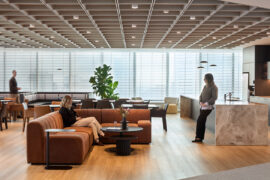
GroupGSA delivers MUFG Pension & Market Service’s Sydney HQ with a dual Japanese–Australian identity, blending precision, warmth and workplace flexibility.

Overlooking Berlin Zoo, the suites of the 25hours Hotel Bikini Berlin curate the sustainability ethos in an entirely unique and dynamic aesthetic. Think natural fabrics and materials, jewel-hued colours, curves and cushions, spa-like bathrooms and hammocks with views over urban greenery.